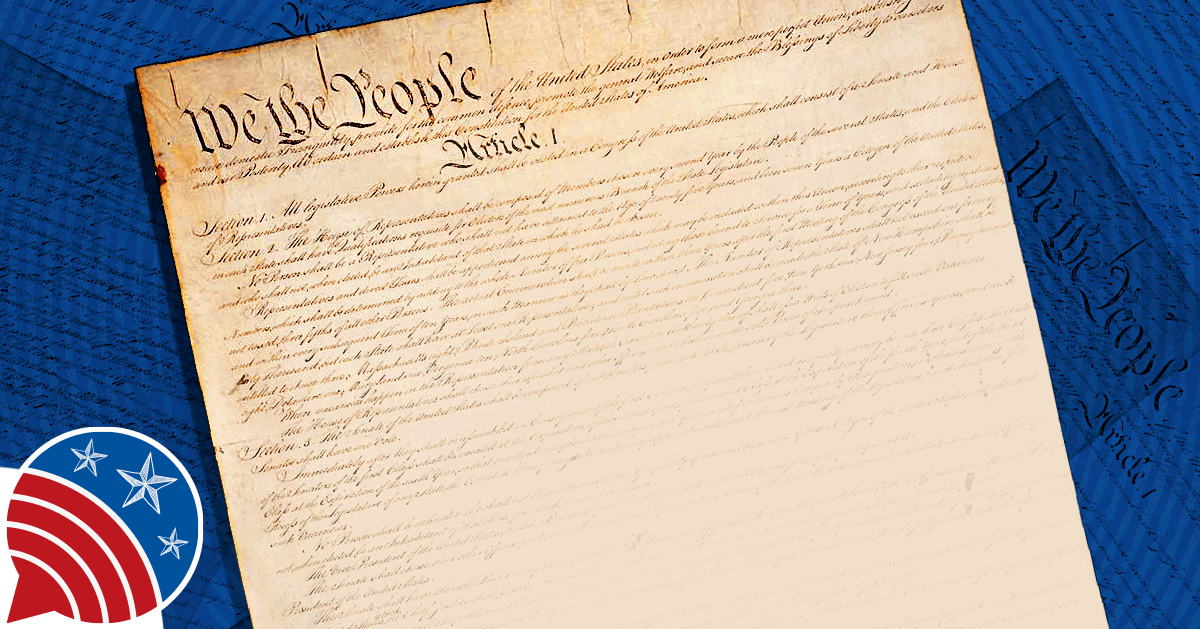
Principles of the Constitution
Take a quick trip back to the founding era to learn about the roots of representative government, limited government, separation of powers, and the many compromises that led to our Constitution. What is the distinction between a republic and a democracy? This exploration lays the groundwork for rich dialogues on government power, the ongoing tension between state and national power, and American democratic values in action, both now and over time.
Overview
Timeframe: 3-4 days / 50-minute sessions
60-Second Civics Podcast:
- Need for a New Constitution
- Major Issues of the Philadelphia Convention - Separation of Powers
- Major Issues of the Philadelphia Convention - Representative Government, Executive Power, and Slavery
- Forms of Government
- Ratifying the Constitution
Beyond the Legacy Video:
Scholar:
Dr. Lester Brooks
American History Professor Emeritus
Anne Arundel Community College
Participants will learn about the constitutional underpinnings of
the Articles of Confederation and how they relate to federal vs. state powers today to engage in a civil discourse model to expand their perspectives on the issue.
the Articles of Confederation and how they relate to federal vs. state powers today to engage in a civil discourse model to expand their perspectives on the issue.
- “be not infringed”
- confederation
- equipage
- garrison
- impositions
- imposts
- judicial proceedings
- jurisdiction
- magistrates
- sovereignty
The Articles of Confederation were a set of rules that governed the United States from 1781 to 1789. They were created during the American Revolution and served as the country's first constitution. The main goal of the Articles was to establish a loose alliance among the thirteen original states, giving them some power to work together while also protecting their individual rights.
Under the Articles of Confederation, the central government had limited authority. There was no president or executive branch to enforce laws, and Congress was the only branch of government. However, Congress had very limited powers. It could declare war, make treaties, and settle disputes between states, but it couldn't collect taxes or regulate trade. Each state had one vote in Congress, regardless of its size or population.
While the Articles of Confederation provided some unity among the states, they had many weaknesses. The central government couldn't raise an army or collect taxes, which made it difficult to defend the country and pay off debts from the Revolutionary War. Additionally, there was no national court system to settle legal disputes between states. The lack of a strong central government led to disagreements and difficulties in making decisions that affected the entire country.
These weaknesses eventually led to the Articles of Confederation being replaced by the United States Constitution in 1789. The Constitution created a stronger central government with separate branches and the ability to collect taxes and regulate trade. The Articles of Confederation taught the founding fathers important lessons about the need for balance between states' rights and a strong federal government, paving the way for the formation of the modern United States.
Additional Resources:
Students demonstrate their understanding of constitutional principles by making real-world connections between the context surrounding the creation of the Articles of Confederation and that of the present-day United States and the role of constitutional principles today.






